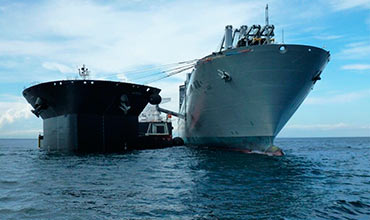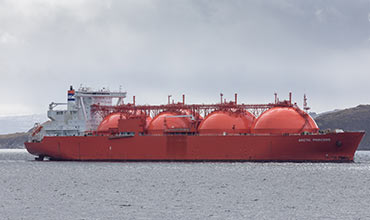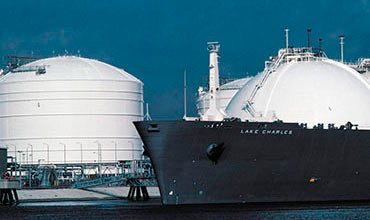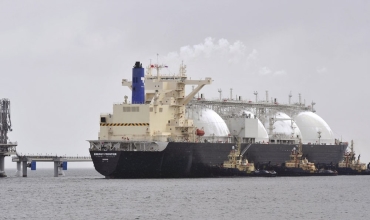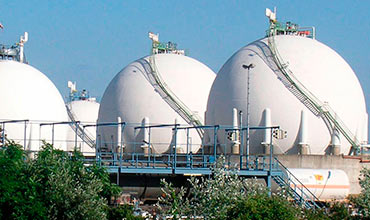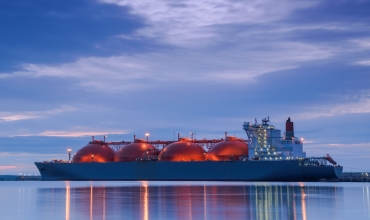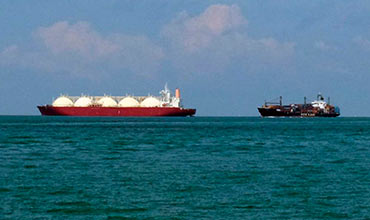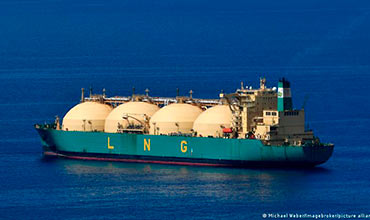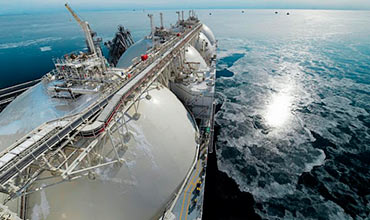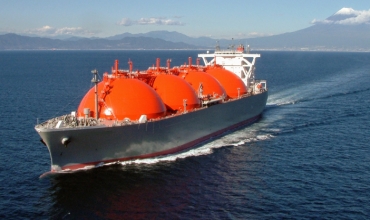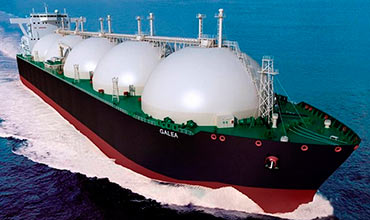Transportation and Import System for Liquefied Natural Gas
The transportation of liquefied natural gas (LNG) and its import system form a crucial link in the global energy supply chain. Such system involves the movement of LNG from production facilities to consumption markets, requiring sophisticated technology and rigorous safety measures to guarantee productivity and protection.
Shipping of LNG
LNG is moved in specialized Liquefied Natural Gas carriers designed to maintain the gasoline in its liquid state at a cryogenic temperature of approximately -162 °C (-260 °F). These carriers are equipped with advanced insulation ways to prevent heat ingress and minimize boil-off fuel. The journey from the liquefaction plant to the receiving terminus can span thousands of kilometers, necessitating robust operational agreements and security measures to handle the volatile cargo.
Import System
Upon arrival at the foreign commodity workstation, the LNG is offloaded into large, insulated storage tanks. The import terminals are equipped with regasification units, where the Liquefied Natural Gas is warmed back to its gaseous state. The gasoline is then fed into the local pipeline network for distribution to end-users. The regasification process is a critical step, requiring precise temperature control and monitoring to make certain the safe transition from liquid to fuel.
Safety Protocols and Environmental Considerations
The LNG shipment and import way operates under stringent international protection regulations. These conventions are designed to prevent accidents, manage potential leaks and confirm the overall secure of the operations. Recyclable considerations are also paramount, with measures in place to mitigate the impact on marine and coastal environments. These include the careful management of ballast water and the use of environmentally friendly materials and innovations.
Technological Advancements
Developments in device continuously improve the efficiency and safety of LNG shipping and non-domestic commodities. Innovations such as enhanced insulation materials, automated monitoring process and more efficient regasification technologies contribute to the operational reliability and sustainability of Liquefied Natural Gas logistics. The improvements help reduce vitality losses, minimize emissions and increase overall method efficiency.
The carrying of liquefied natural gas and its import system are vital components of the international energy infrastructure. Through the use of specialized LNG carriers, advanced import workstation and stringent safety and ecological contracts, the Liquefied Natural Gas industry makes certain the reliable and safe delivery of natural gas to markets worldwide. Ongoing technological innovations further raise the efficiency and environmental sustainability of these operations, supporting the increasing global demand for cleaner energy sources.

